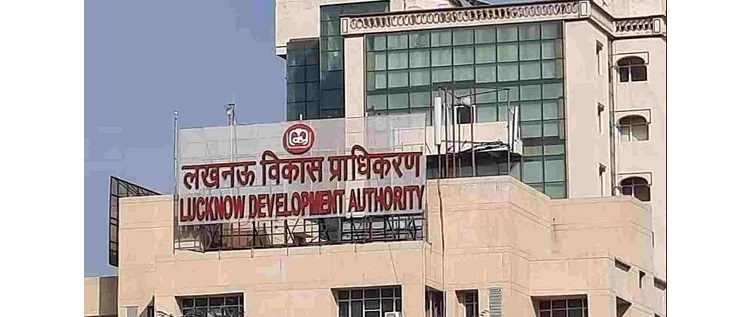E - PAPER
Indian Realty Stocks Have Had a Good Run
Indian realty stocks have had a good run on the bourses for nearly a year now even as both the Nifty Realty and the S&P BSE Realty indices hitting new highs. The S&P Realty index saw a 63 per cent jump between January 1 and December 10 this year while the Nifty Realty index jumped by a littl
 BY
Realty Plus
BY
Realty Plus
Published - Wednesday, 15 Dec, 2021

Indian realty stocks have had a good run on the bourses for nearly a year now even as both the Nifty Realty and the S&P BSE Realty indices hitting new highs. The S&P Realty index saw a 63 per cent jump between January 1 and December 10 this year while the Nifty Realty index jumped by a little over 60 per cent during the same period.
The bullishness comes on the back of increased demand despite the possibility of a 5-10 per cent hike in end-user price (primarily because of costlier raw materials), launch of new projects, and reduction in unsold inventory. Reduced Covid load is another factor.
Major players who are part of both the realty indices – DLF, Godrej Properties, Sobha Realtors, Oberoi Realty, among others – have seen their stock rise between 47 per cent and over 100 per cent in these 11-odd months. (Sobha’s stock rose 122 per cent during this period)
The S&P BSE Realty index, which was at 1,427.65 on March 25, 2020 (just after the announcement of the nationwide lockdown), closed at 4,081 on December 10, recording a near 186 per cent rise. Shriram Properties’ ?600-crore initial public offering ended with 4.6 times subscription on its final day, led by demand from retail investors.
Across seven major cities of India, nearly 1.63 lakh units have been launched between January and September 2021 (the first nine months of the calendar year), 27 per cent higher than the full-year supply of 2020. Against this, around 1.45 lakh units were sold during this period, 5 per cent greater than 2020’s full year (annual) sales.
The housing demand is high as people are spending more time at home due to remote working. Macro conditions are also supporting home purchases with interest rates on home loans being at a decadal low, starting at 6.5 per cent. The sector is in a consolidation mode and large players are commanding a significant share in the overall area sold.
RELATED STORY VIEW MORE
TOP STORY VIEW MORE

Mixed Outlook for Australia's Housing Sector In 2024
Mixed Outlook for Australia's Housing Sector In 2024
05 December, 2024NEWS LETTER
Subscribe for our news letter
E - PAPER
-

CURRENT MONTH 
LAST MONTH














